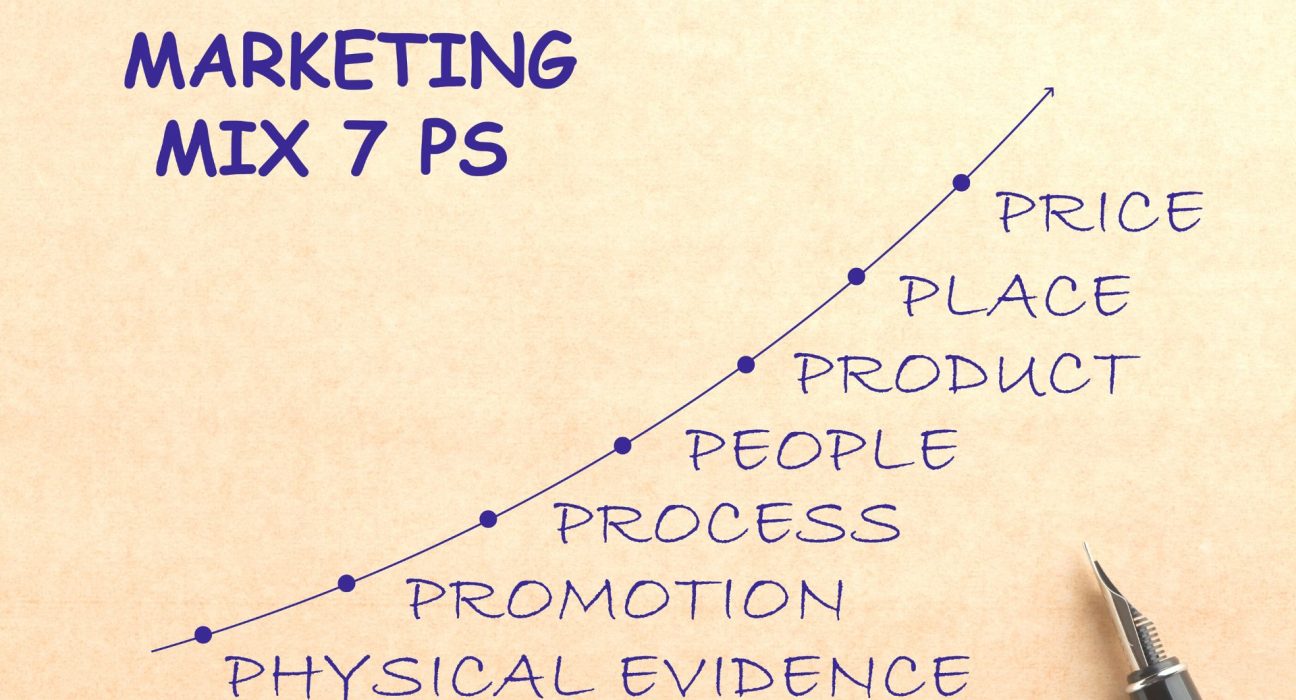Are you feeling marketing illiterate? Wondering what all the marketing hype is about, and just not sure where to start? If so, this blog is for you! In this post, we’ll be taking a closer look at the 7 Ps of marketing – specifically, how they can help your business in the right way. We’ll also be addressing some of the limitations of the model, so you can make the most of your marketing strategies. So read on and learn everything you need to know about the 7Ps of marketing!
What are the 7 Ps of Marketing?
What are the 7 Ps of marketing? The 7 Ps of marketing are a product, promotion, people, pricepoint, point of sale, and distribution. They are the basic building blocks of marketing. Each of these elements plays a vital role in the marketing mix in order to create customer engagement, increase sales, and achieve marketing objectives. It’s important to know the basics of each element so that you can craft a marketing strategy that will achieve your marketing objectives. Keep the 7 Ps and 4 Ps of marketing in mind as you work on your marketing plan, and you’ll be on your way to success!
1. Product

When it comes to marketing your business, one of the first things you need to focus on is the product. It needs to be of good quality, attractive and affordable for your target market. You also need to create a promotional campaign around it that will capture people’s attention – making sure people know about the product, how it can help them and where they can buy it. Lastly, pricing is an important factor in marketing products as well – make sure your price is fair but still makes a net profit for you.
2. Price

It can dictate whether a customer decides to buy your product or not, and how successful you will be in reaching them. There are different ways you can price your product – high, medium, or low. You need to test which pricing strategy works best for your business and target audience. Making sure that the price is right takes some trial and error but results in higher sales figures in the long run
3. Place

Marketing is all about placing your efforts in the right places so that they can have the most impact. When you do this, it will help to improve your customer’s experience and ultimately result in more sales. There are a number of ways to reach your target market – through digital or physical channels.
Once you’ve chosen the way, make sure that your communication methods are effective and captivating enough to engage customers. Keep track of the results of each marketing campaign so that you can make necessary adjustments as required! And finally, never forget perspective when it comes to marketing – it might be quick-fix but if not done correctly, it might backfire in a spectacular fashion very quickly!
4. Promotion

Marketing needs to be promoted in a way that’s relevant and interesting to potential customers. This means using the right channels (such as social media, commercials, billboards, and print ads) and making sure your message is communicated clearly and accurately.
5. People

People are your number one priority when it comes to marketing. Without them, everything is useless. Effective marketing doesn’t just involve knowing how to market a product or service – it also revolves around understanding the human mind and its psychological tendencies. When you focus on people, you effectively create customer experiences that are memorable and special for them. By communicating with your target market in an effective way, you build trust and rapport that can last long into the future.
It’s important to measure the outcomes of your campaigns so as to fine-tune strategies accordingly – otherwise, your efforts might go wasted. Finally, promoting good products and services through word-of-mouth media is perhaps the most powerful form of marketing there is; do whatever you can to encourage users in this social media-driven era of influence!
6. Process

Creative marketing campaigns, while exciting and full of potential, can be very challenging to execute well. A good strategy needs to be in place with solid goals and the right target market selected, among other things. However, without a process in place it is difficult to track progress or analyze results.
Accuracy and precision are essential if you want your campaigns to be successful. People are at the heart of any marketing campaign – whether It’s customer service or content creation. Hiring the right people who will fit into your company culture is also vitally important for creating an effective marketing mix from start to finish!
7. Physical evidence

Physical evidence is the final step in marketing and it’s essential for ensuring your marketing strategies are effective. Without physical evidence, you can’t be sure whether people have actually noticed or reacted to your content or campaigns. This could lead to wasted time, extra money, and resources.
There are a number of ways that physical evidence can help you track your marketing efforts – from customer data tracking to social media engagement analysis. Using these tools will allow you to see which channels are working best for reaching your target market and making sales.
What are the Limitations of the 7Ps Model?

The 7 Ps of the Marketing model are a great way to understand the different aspects of marketing. However, it has limitations. For instance, the model doesn’t take into account the customer’s experience or the marketing mix. It’s important to use other models when planning and executing your campaigns. There are many factors that go into successful marketing, so don’t be fooled by the simplicity of the 7Ps model. Apply the 7Ps model in a flexible manner to best suit your needs and goals!
Conclusion
The 7 Ps of Marketing are a complete road map for your marketing journey. They can help you create a well-focused strategy that will end up being successful.
Just like the classics, however, these should not be interpreted at face value but rather as guiding principles that can take you where you want to be in no time! All the best!









Leave feedback about this